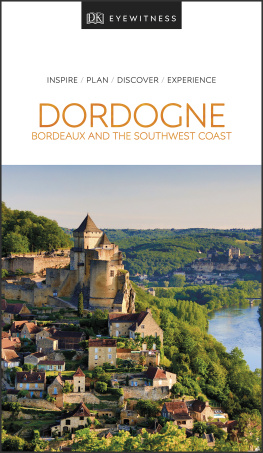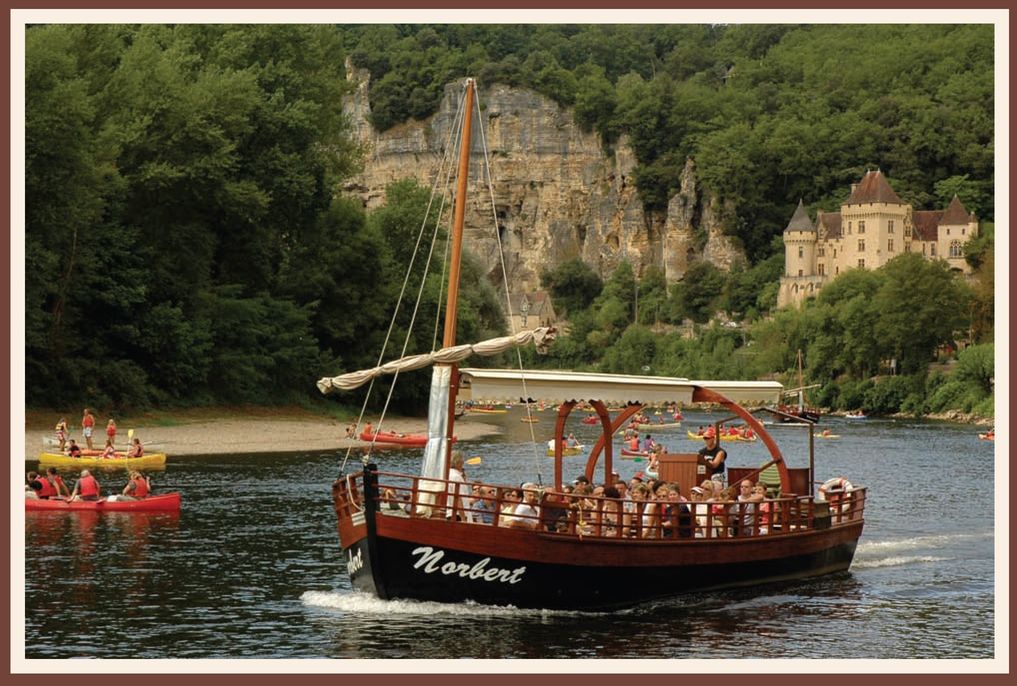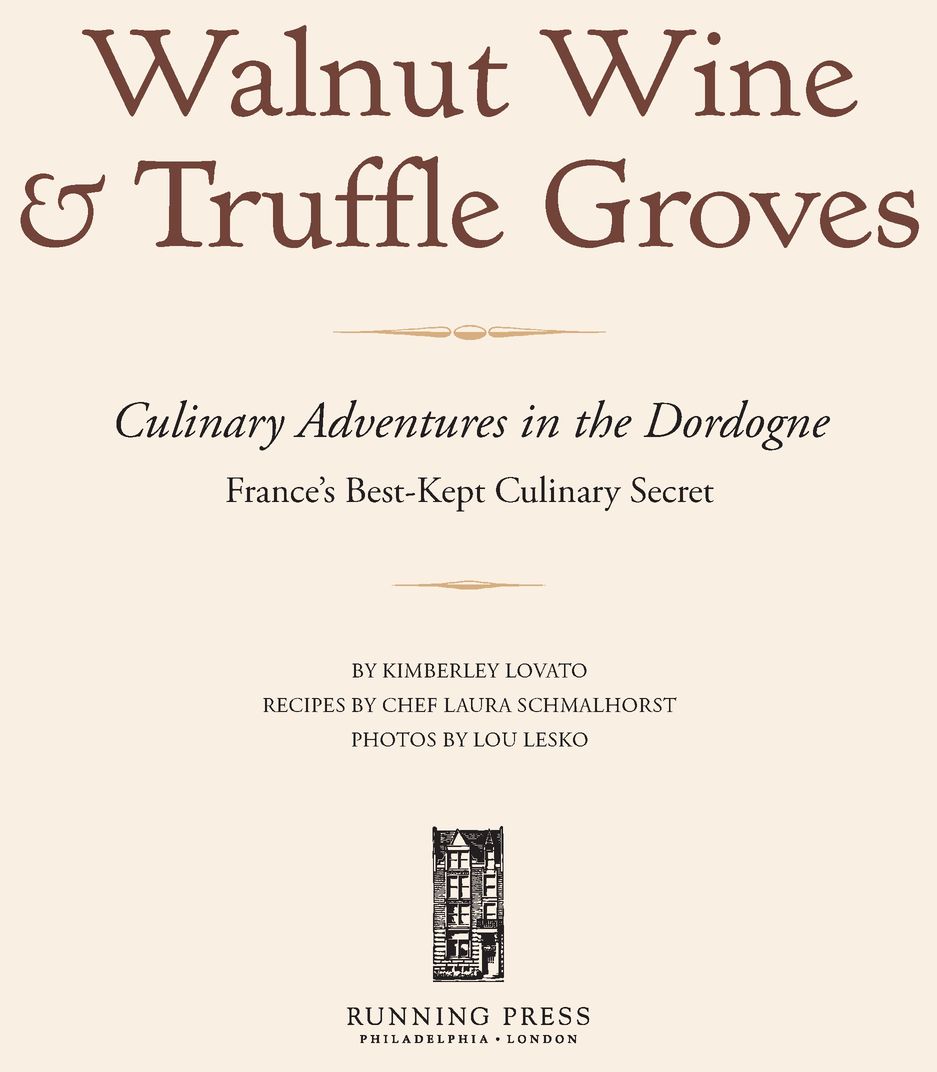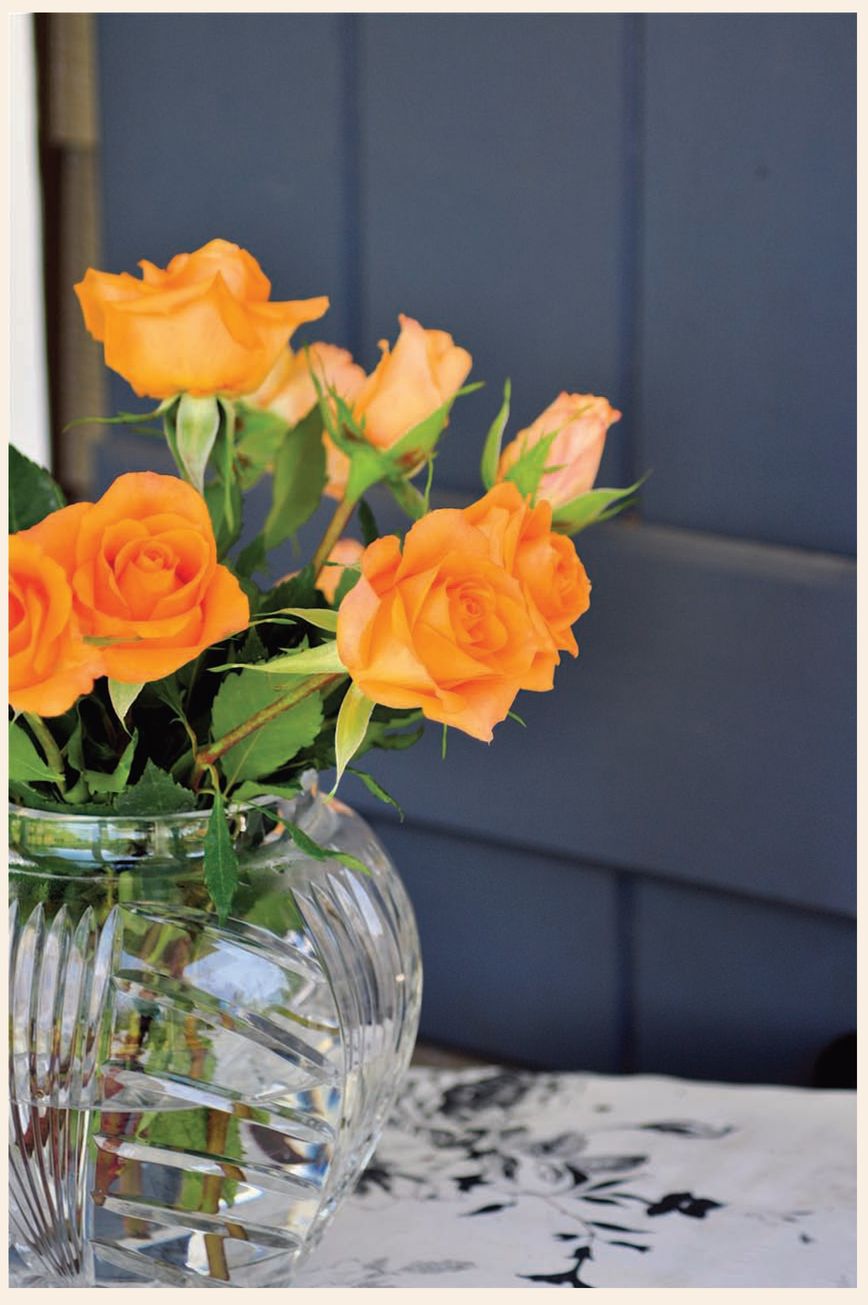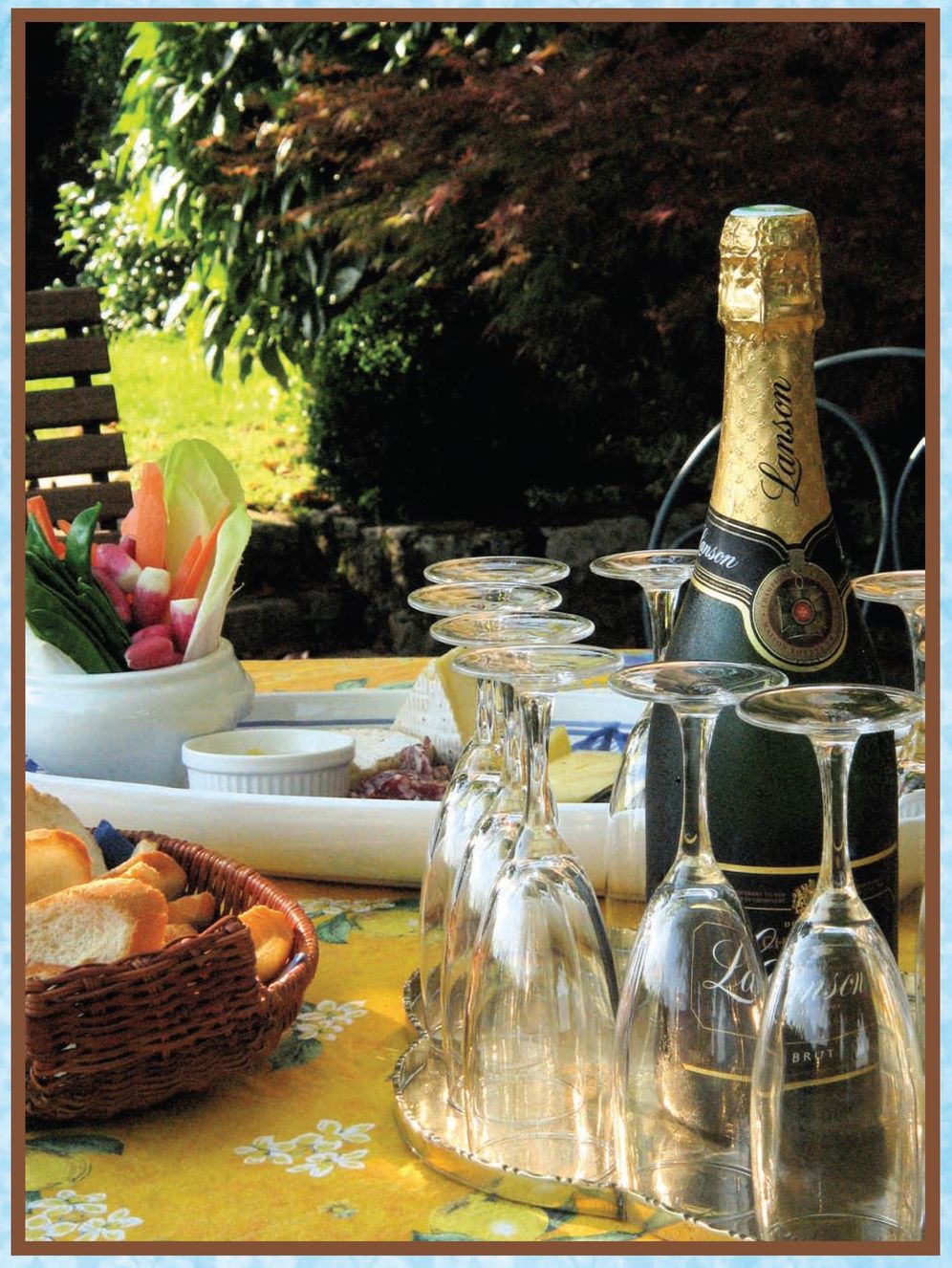Table of Contents
TO MY HUSBAND JOHN AND DAUGHTER, CHLOE, FOR THEIR SUPPORT AND INSPIRATION, AND TO THE PEOPLE OF THE DORDOGNE, FOR SHARING THEIR TABLES WITH ME.
Quel est le plaisir dun secret quand on ne peut pas le partager?
(Whats the fun of a secret if we cant share it?)
ACKNOWLEDGEMENTS
It is difficult to put into words the gratitude for those who have helped produce this book. We cant single everyone out but we must say thank you to a vital few. To Sally Ann, whose support and friendship is a treasured souvenir; To Roland, whose stories about his beloved Prigord and its history have made us love the place even more; To Wilna whose passion and generosity are infectious; To our families and friends, who stood by us and never stopped believing in our dream of seeing this book on the shelves. Finally, we must thank the warm and hospitable people of the Dordogne for opening their hearts and homes to share their recipes and stories with us. This book has been a labor of love in all respects and we know when the final page turns, it will not the end but rather a beginning of a lifetime of great friendships and meals from the Dordogne.
Kimberley Lovato and Laura Scmalhorst
Foreword
IN spring 2007, I received an e-mail asking me whether I would agree to meet two young women who were eager to write a book on the Prigord, my home. The book as I understood it was to be a travel guide and tribute to Prigourdine life and gastronomy, of which I am so proud. I accepted and, I must I say, promptly forgot. But Laura and Kimberley are quite tenacious, and it wasnt long before I received a slew of e-mails proposing dates and times for a meeting.
It should be known that a key characteristic of living Prigourdine and even of the culinary customs is peoples casual attitude toward time, and perhaps more important, their willingness to take the time to live and enjoy all that the region has to offer. To some extent even forgetting time and its constraints and just letting oneself go is the real rhythm of the region. So even though it annoyed me somewhat that Laura and Kimberley were so strict with their time, they were also very serious about their work, which for me was a favorable point. When I spoke with Kimberley on the phone, her voice was compelling to me, so I agreed to a visit on a day that I had also invited a California journalist and his family to my home at the Borderie, to thank him for hosting me on his radio show.
Laura and Kimberley, along with their photographer, Lou, arrived on time and decided to quickly jump into questions and answers. What struck me was how intelligent, qualified, and passionately interested they were in my culture and the cuisine of the Prigord. Kimberley was eager to know everything, and I asked them to stay a while longer, promising that wed get to all the questions in time. It was a very pleasant moment for me, answering their questions while preparing lunch for my guests. In the Prigord, one does not let visitors leave at mealtime, so when my guests arrived, I quickly added three additional plates to the table, and Kimberley, Laura, and Lou accepted my invitation to sit down and spend an afternoon around my table. Time slipped by, and all work was forgotten to enjoy this meal among friends.
It was one of those summer days when life was beautiful. There was sun, but not too much. The birds were singing, but not too loudly. The air was soft, but just enough to comfort us. And the company? Ah, the company!
Humor, good moods, laughter, exchanges of culture and, of course, hearty appetites. We spent one exquisite day around my table, and while I know well that I did not answer all of Kimberleys questions, I am most certain that by the end of that day, she and her friends knew the Dordogne and its treasures.
After spending that time with them, I know that this book will be a success. I am honored to be a part of it and am impatient to read it myself. Thank you, Kimberley and Laura, for taking the time to visitand to understand the beauty and wonder of the Prigord.
Return to see me again soon.
Daniele Mazet-Delpeuch
Chasing Fairy Tales
DREAMS are often born in the most unsuspecting places. Mine happened to be delivered by the postman. The postcard that arrived nearly sixteen years ago depicted the most beautiful village I had ever seen. Nicole and Claude, a couple my husband, Steve, and I had met outside of Paris the year before, sent it to tempt us to explore further in their native France. The picturesque village was enveloped in fog and huddled against a cliff at the edge of the Dordogne River with a dilapidated boat tied to its shore. On the back of the card, in small, black print, were the words La Roque-Gageac, Dordogne. I tacked the postcard on my kitchen wall amid family pictures and to-do lists and vowed we would find this place one day.
Steve and I have been traveling to the Dordogne for over fifteen years now. With books, maps, magnifying glass, and a positive attitude, we have scoured the region from top to bottom, inside out. Along our aimless path we discovered a land of unspoiled beauty that has spoiled us rotten. Nothing can replicate the awe of seeing for the first time a five-hundred-year-old castle looming over the Dordogne River; neither could I be more inspired than by five generations of family working side by side on their ancestral winery. Every nook and cranny of the Dordogne revealed diverse landscapes and regional history. We passed scene after scene of farmlands with vast fields of corn, sunflowers, and trees dripping with cherries, walnuts, and plums; mountains and rolling hills; dense forests and open meadows; storybook villages and immense chteaux. Our camera was put into overdrive, but our pictures could never quite capture the essence of what we saw. How do you photograph the footsteps of prehistoric man, the grottoes, and the cliffside caves where traces of humanity date back five hundred thousand years? The fortified towns, called bastides, heavily concentrated in the Dordogne, intrigued, as did other medieval villages, like Sarlat, which rest preserved in time. The more than one thousand castles of the region range from Renaissance opulence to feudal fortresses built during eras ravaged by war, of which there have been many in the Dordogne. Even the smallest hamlets revealed memorials to those who gave their lives during past conflicts.



